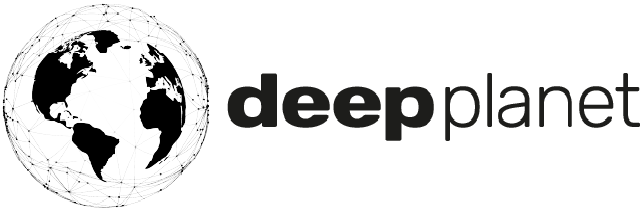Deep Planet Integrates Maturity Maps into ArcGIS and QGIS
We are excited to offer our maturity maps to ArcGIS and QGIS users. The integration of ArcGIS and QGIS, two powerful Geographic Information Systems(GIS) software, can provide significant benefits to wine growers in various aspects of their vineyard management.
Deep Planet’s maturity maps integrated into QGIS and ArcGIS
Deep Planet’s integration allows winemakers and viticulturists to seamlessly map the variability of grape ripening and quality across the vineyard into the existing workflows of winemakers. This allows growers to plan their harvest efficiently and make better decisions about grape ripening and harvest timing.
Maturity Maps
Deep Planet’s grape maturity maps are based on a proprietary algorithm that uses satellite imagery, weather data, and plant phenology models to predict the maturity of grapes. The maps are available for a wide range of grape varieties and growing regions, and they can be customised to specific site conditions. The maps allows growers and wine producers to manage variability in the blocks, and improve grape quality through better spilt picking. Read our blog on “Maturity Maps for Better Quality Wine”.
Benefits of using Deep Planet's maturity maps in ArcGIS and QGIS:
Visualize and analyze maturity data: Deep Planet's maturity maps can be easily visualized and analyzed in ArcGIS and QGIS. This allows users to see how grape maturity is progressing over time, and to identify areas where the grapes are ripe for harvest.Users can create cutsome layers, overlay the maps with other data and export the data for further analysis.
Overlay with other data: Deep Planet's maturity maps can be easily overlaid with other data in ArcGIS and QGIS. This allows users to see how grape maturity is related to other factors, such as weather conditions, soil type, evapotranspiration, soil moisture, temperature, disease and slope.
Export data for further analysis: The data from Deep Planet's maturity maps can be easily exported from ArcGIS and QGIS for further analysis. This allows users to use the data to create custom reports, or to share it with other stakeholders.
How can I learn more about the ArcGIS and QGIS integration and how would it work for me?
To get a feel of the integration and learn about how winemakers and growers are using the integrations, just drop us a line using the button beow and we will be in touch!

